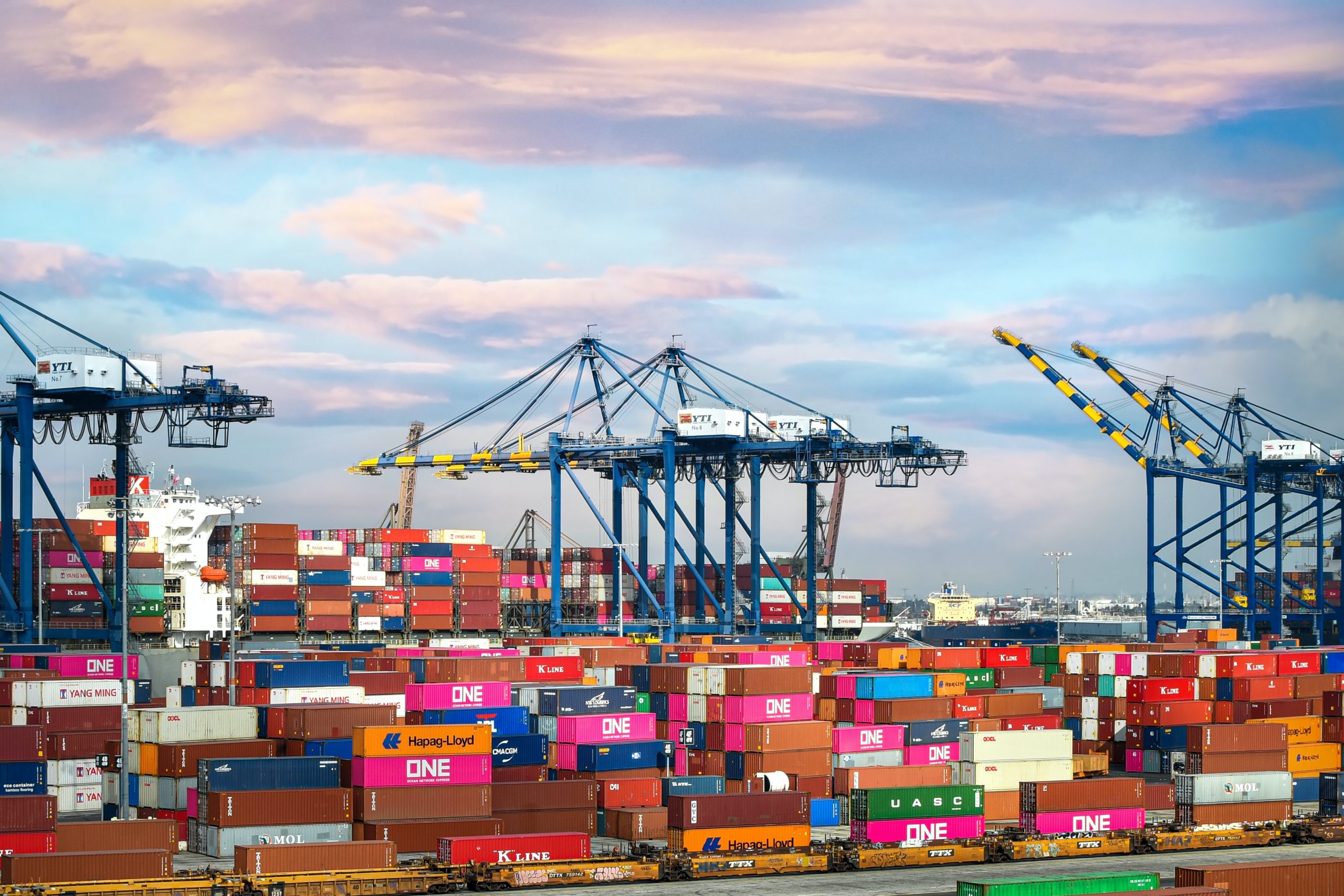The transportation industry is one of the most significant in Latvia because of its small natural resource base and advantageous placement between the EU and sizable markets to the east. A special asset for this industry is Latvia’s terrain, infrastructure, closeness to Russia, and relationships with other former Soviet-occupied nations. The industry has experienced a severe decline as a result of recent geopolitical shifts, with Belarus moving its cargo to Russian ports and Russia diverting freight to its ports. The Latvian logistics industry now has a greater hunger for alternative suppliers and cargoes as a result of this transformation.

Roads
The Latvian road network has more than a thousand roadways, including State Main, State Regional, and State Local highways. In Latvia, there are 13181.616 kilometers of roads. Out of these, 10 570.151 km are hard surface roads; these are all the important and largest routes. There is 2611.465 km of gravel roads, largely local and some regional.
The largest roads connecting important cities are State Main routes, like the Riga-Ventspils road. In Latvia, there are 15 State Main Roads, and each one connects the country’s principal commercial centers. Riga (port/airport), Daugavpils (railroad hub), Ventspils (port/airport), and Liepja are the principal cities connected by the State Main way network. The highways also link larger regionally significant cities like Rezekne, Jelgava, Jkabpils, and others. 9 State Main Roads go to the borders with other nations: one road each to Belarus, Lithuania, Estonia, and Russia (1 road).
To allow transit vehicles to go more quickly without having to go through cities, some states’ main roads have ring roads built surrounding larger cities. These roads are:
- Rzekne ring road
- Riga ring road linking Baltezers and Saulkalne
- Riga ring road connecting Salaspils and Babte
Railroads
The state-owned corporation “Latvian Railroads” (Latvijas dzelzce), whose goal is to manage and control Latvia’s rail logistics, is in charge of overseeing the country’s railroads. Six subsidiary companies make up the business:
- AS ‘LatRailNet’
- SIA ‘LDZ Apsardze’ (security)
- LDz infrastruktūra (infrastructure)
- LDz Cargo (transportation)
LDz Ritošā sastāva serviss (maintenance)
The main commercial transportation network in Latvia is comprised of railroads, particularly for interior freight. Railroads convey the most cargo of any kind of transportation; they move over 50 million tons of material annually. Railways link Latvia to its neighbors and open up travel options to the rest of Europe and Eastern Asia, including China and Japan. All of the major cities and commercial centers, including Riga, Ventspils, Liepja, and Daugavpils, are also connected by Latvian railroads.
Maritime ports
Riga, Liepja, and Ventspils ports are Latvia’s three main ports, and all three are ice-free (open for business all year). In Salacgriva, Lielupe, Engure, Mrsrags, Roja, Kolka, and Pvilosta, there are three further minor ports.
The ports in Latvia are specifically created to draw in commerce. All of the major ports are Special Economic Zones, which means they offer various benefits and tax incentives in addition to tax exemptions on the most common taxes, like the VAT or the excise tax on alcohol, tobacco, gas, and oil.
Export, manufacturing, and logistics firms mostly use Latvian freeports, which benefit from a corporate tax rate of 3% and proximity to the country’s largest administrative centers. The following are the ports’ typical yearly industrial space rent rates:
- Riga – 20 500 EUR
- Ventspils – 15 500 EUR
- Liepāja – 15 500 EUR
Approximately 74% of the cargo traveling through Latvian ports is for EU trade. Non-European countries trade 26% of Latvia’s cargo. The ports allow Latvia to contact nations separated by an ocean, making land communications difficult and expensive. This includes Sweden, Denmark, and Finland.
Airports
The largest and most significant airport in Latvia is Riga Airport. Numerous smaller airports exist across the nation, but they are often utilized for private rather than commercial aircraft.
The Riga Airport is home to about 20 passenger airlines that offer flights to more than 80 locations across the globe. Every year, there are more passengers, and in 2015 there were more than 5.2 million. London (United Kingdom), Moscow (Russia), Frankfurt (Germany), Oslo (Norway), and Helsinki are the top 5 locations.







